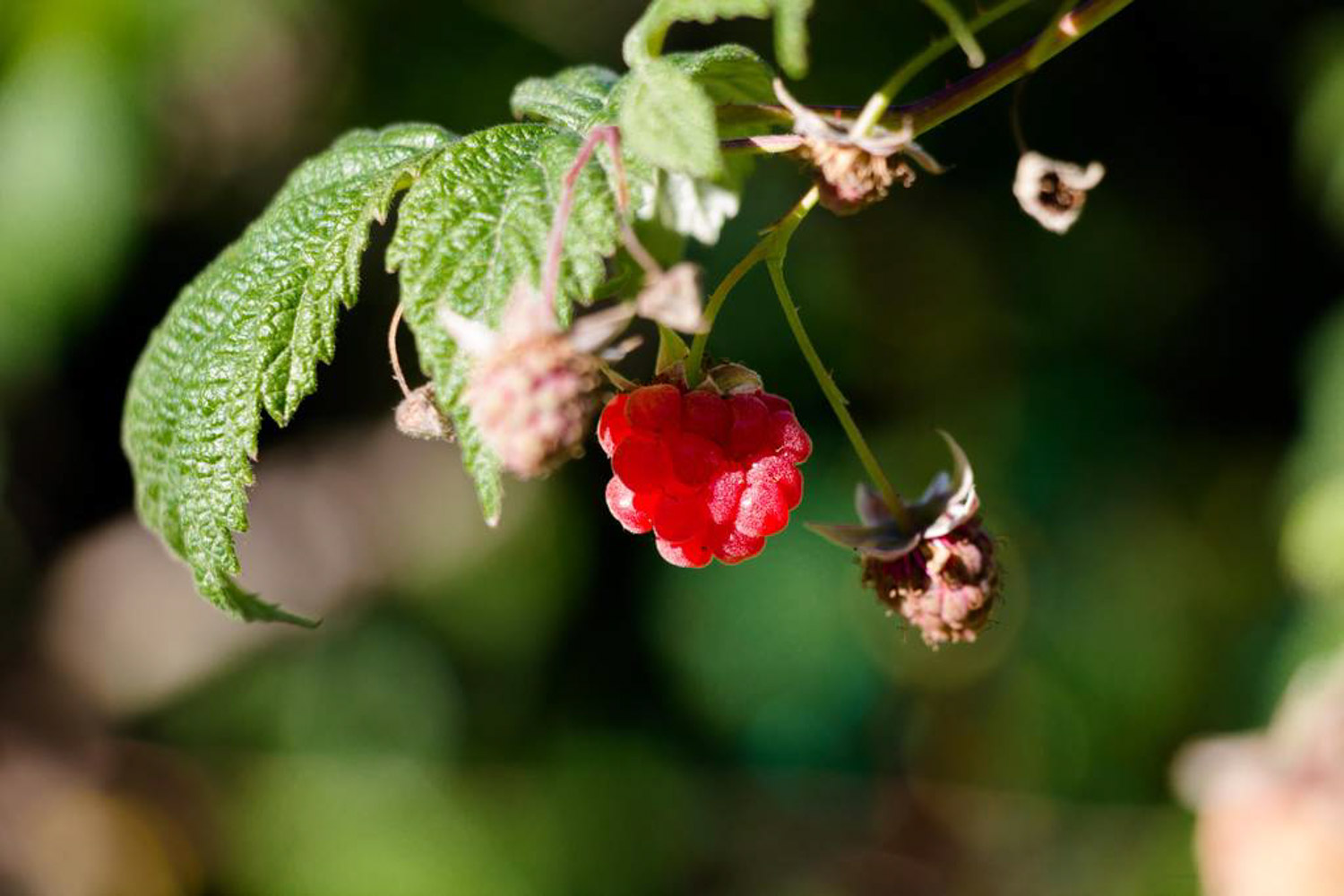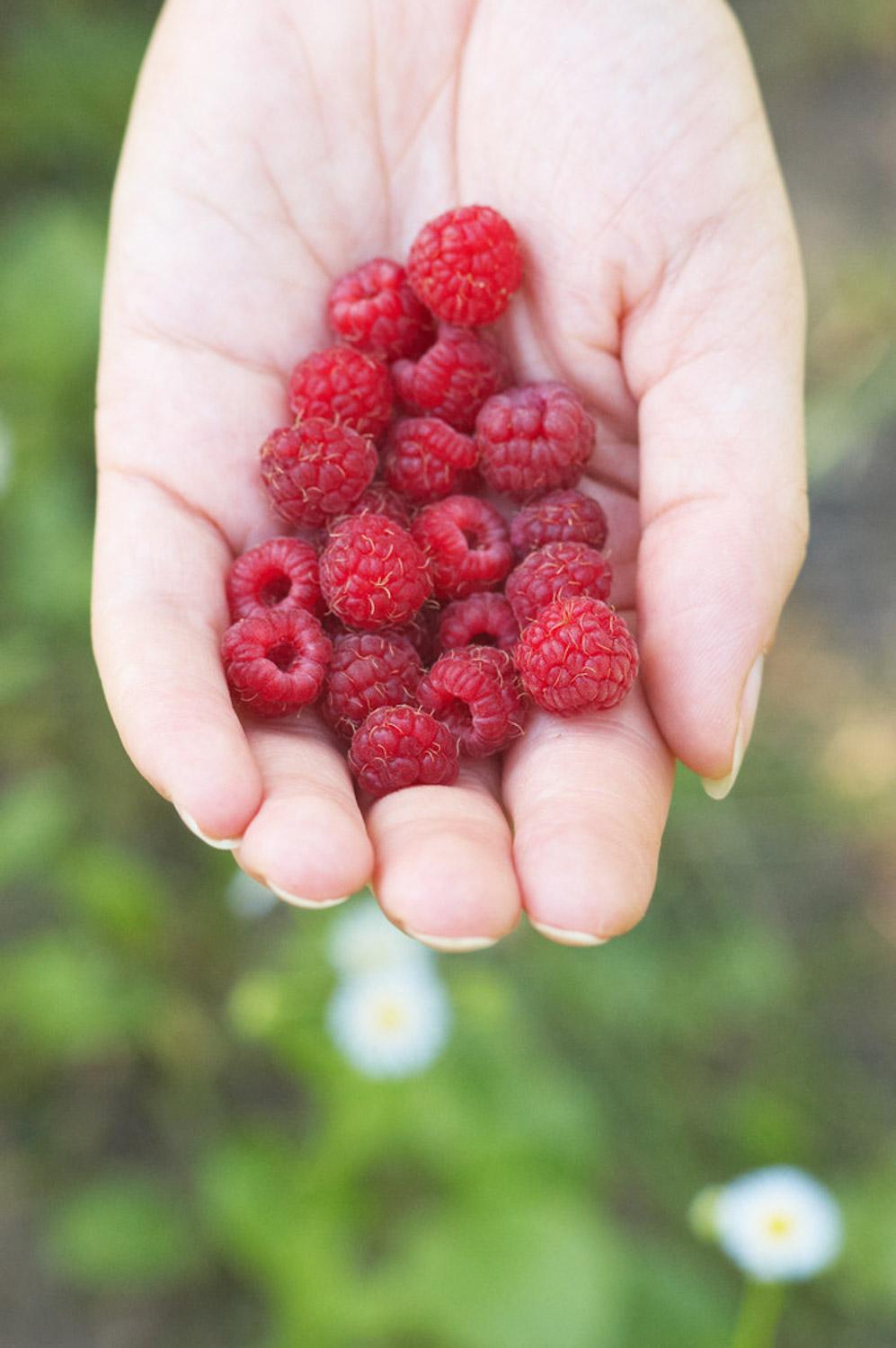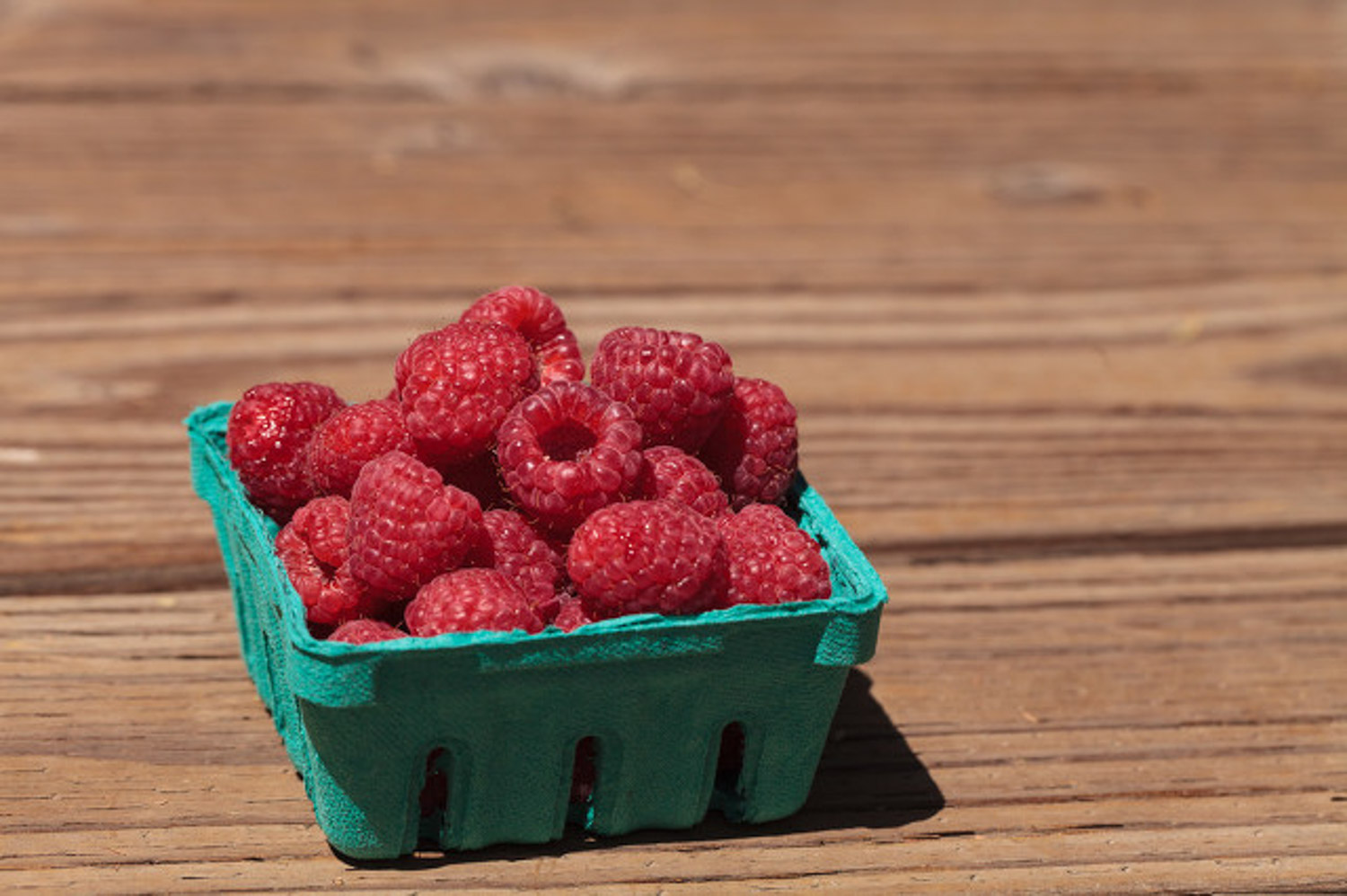Environmental conditions of raspberry planting
Temperature
Raspberry planting has no high requirements for temperature, and the suitable temperature is relatively wide. It can be planted where the average annual temperature is 15-20 ℃
Illumination
Raspberries like the sun. Generally, wild raspberries grow on sunny hillsides. Sufficient light is more conducive to the growth of raspberries
Moisture
There is no strict water requirement for raspberry planting. If you pay attention to yield, you can increase artificial irrigation
Soil
PH is at pH5 0 to pH7 0, but it must have good air permeability and high content of organic matter. In this way, the grown raspberries will taste more sweet

Management method of raspberry planting
Fertilization management
Organic fertilizer is the most commonly used for raspberry planting. Humus, animal manure and oil cake are organic fertilizers that supplement the growth of raspberries. At the seedling stage, compound fertilizer rich in nitrogen, phosphorus and potassium can be applied, which will make the seedlings more robust
Water management
Because the roots of raspberries are not well developed, the water in the deep soil is not easy to absorb for raspberries, so it is necessary to maintain the water holding capacity of the soil in which raspberries grow. In dry seasons, artificial watering is needed to ensure the water demand of raspberries

Branch Management
The main purpose of raspberry pruning is to increase the sunlight between branches and increase fruit setting. Subtract too much primary stem and flower diameter to enhance the nutrient supply among branch groups
Weed management
Raspberry weeding is generally in the middle tillage period, which can be carried out 2 or 3 times a year. In order to ensure weed removal, herbicides can be supplemented as much as possible


 how many times do yo...
how many times do yo... how many planted tre...
how many planted tre... how many pine trees ...
how many pine trees ... how many pecan trees...
how many pecan trees... how many plants comp...
how many plants comp... how many plants can ...
how many plants can ... how many plants and ...
how many plants and ... how many pepper plan...
how many pepper plan...



























